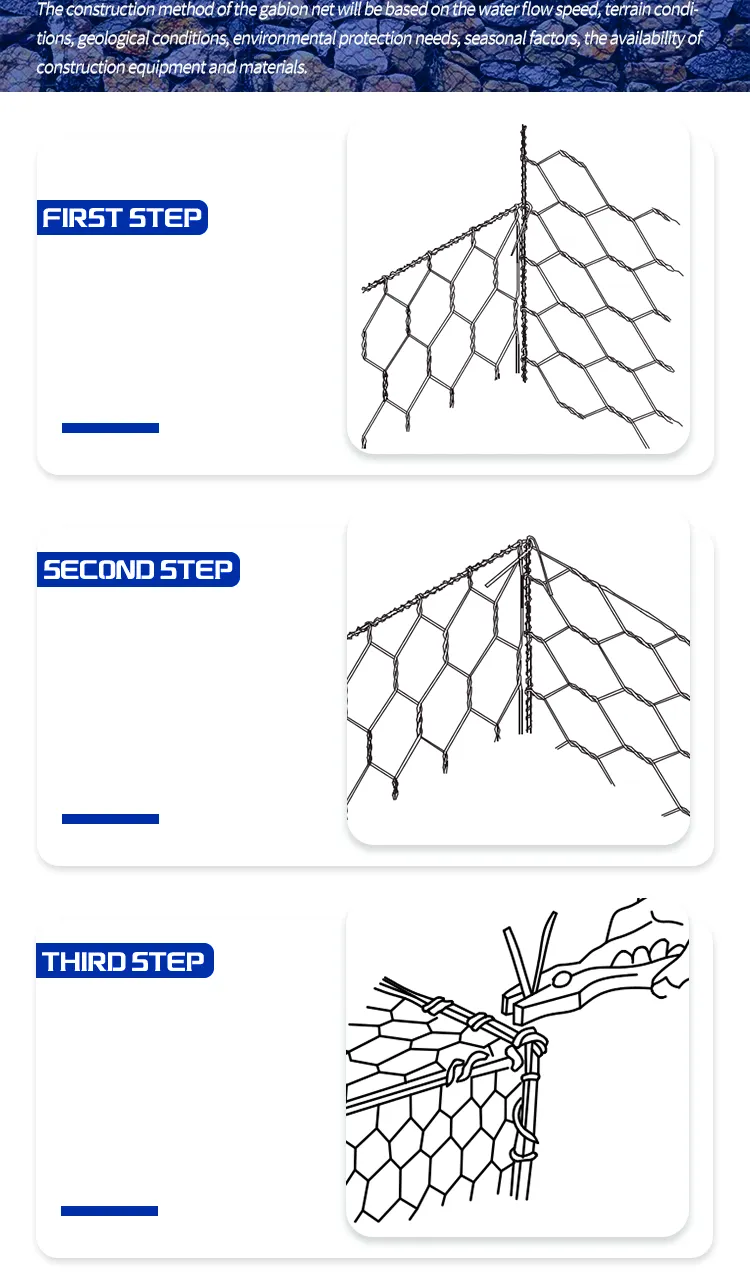-
 Phone:
Phone: -
 Email:
Email:

Innovative Designs Using Hexagonal Metal Mesh for Versatile Applications
The Versatility of Hexagonal Metal Mesh Applications and Benefits
Hexagonal metal mesh, a form of mesh made from interconnected hexagonal shapes, has gained significant attention in various industries due to its unique properties and versatile applications. This innovative material combines strength, flexibility, and aesthetic appeal, making it an ideal choice for numerous uses, from architectural designs to industrial applications.
Structure and Composition
Hexagonal metal mesh is typically crafted from metals such as stainless steel, aluminum, or mild steel, which contributes to its durability and resistance to corrosion. The hexagonal shape of the mesh allows for efficient distribution of stress across the surface, enhancing its strength while minimizing weight. This distinctive structure also facilitates airflow, making it suitable for applications requiring ventilation or filtration.
Architectural Applications
In architecture and design, hexagonal metal mesh serves both functional and decorative purposes. It can be used as cladding or facades, providing an eye-catching appearance while ensuring structural integrity. The open design allows for natural light to filter through, creating a dynamic ambiance in spaces such as shopping malls, office buildings, and residential structures.
Furthermore, its lightweight nature allows architects to implement larger panels, reducing the overall weight of the building while enhancing aesthetic appeal. The ability to customize the mesh—through different metal types, finishes, and sizes—enables designers to achieve specific visual effects, making hexagonal metal mesh a popular choice in modern architecture.
Industrial Uses
Beyond architectural applications, hexagonal metal mesh is widely utilized in various industrial sectors. It is commonly employed in filtration systems, where the mesh's design allows for effective separation of particles while enabling fluid flow. In the construction industry, hexagonal metal mesh is used in reinforcement applications, providing additional strength to concrete structures.
hexagonal metal mesh

Moreover, in the realm of agriculture, it serves as fencing or enclosures for livestock, ensuring durability and security while allowing sunlight and air to reach the animals. The versatility of hexagonal metal mesh is further highlighted in automotive industries, where it is used in the manufacturing of grills, screens, and interior designs.
Benefits of Hexagonal Metal Mesh
The advantages of hexagonal metal mesh are numerous. Its lightweight yet robust design means that it can be transported and installed with ease, reducing labor costs and time on-site. Additionally, its corrosion-resistant properties ensure a longer lifespan, making it a cost-effective solution in the long run.
Moreover, hexagonal metal mesh is easy to maintain. The open structure allows for easy cleaning, particularly in applications where hygiene is crucial, such as food processing and pharmaceutical industries. Its aesthetic appeal also means that it can be incorporated into designs without compromising functionality.
Environmental Considerations
In today’s world, sustainability is a key concern, and hexagonal metal mesh can contribute to eco-friendly practices. Many manufacturers produce this material using recycled metals, minimizing the environmental impact associated with extraction and production. Furthermore, its durability means fewer replacements and repairs are needed over time, contributing to reduced waste.
Conclusion
Hexagonal metal mesh stands out as a versatile, durable, and aesthetically pleasing material that finds applications across various industries. Its unique structure not only provides functional benefits but also enhances design capabilities, catering to the needs of architects, engineers, and industrialists alike. As industries continue to seek innovative, sustainable solutions, the popularity of hexagonal metal mesh is likely to grow, solidifying its place as a vital material in modern applications.
-
Wire Mesh for Every Need: A Practical SolutionNewsJul.25,2025
-
Steel Fences: Durable, Secure, and Stylish OptionsNewsJul.25,2025
-
Roll Top Fencing: A Smart Solution for Safety and SecurityNewsJul.25,2025
-
Cattle Farm Fencing Solutions for Maximum SecurityNewsJul.25,2025
-
Affordable Iron Binding Wire SolutionsNewsJul.25,2025
-
Affordable Galvanized Wire SolutionsNewsJul.25,2025
-
Wire Hanger Recycling IdeasNewsJul.25,2025








